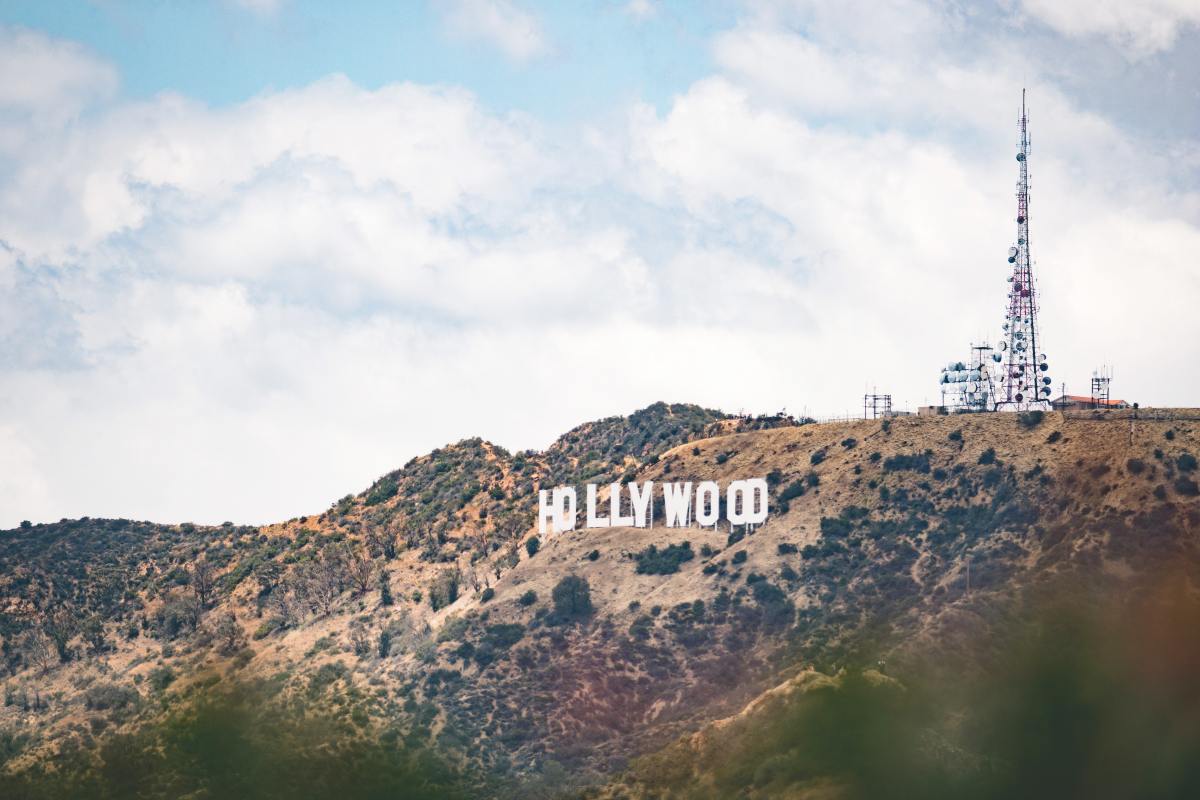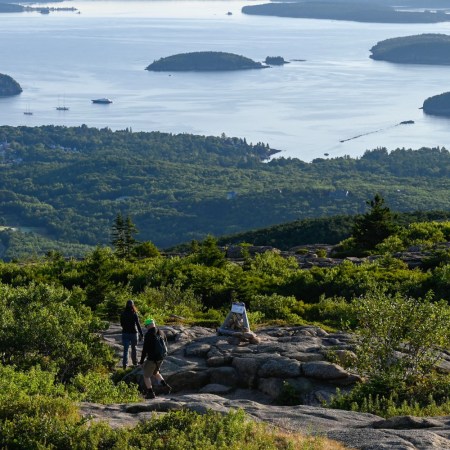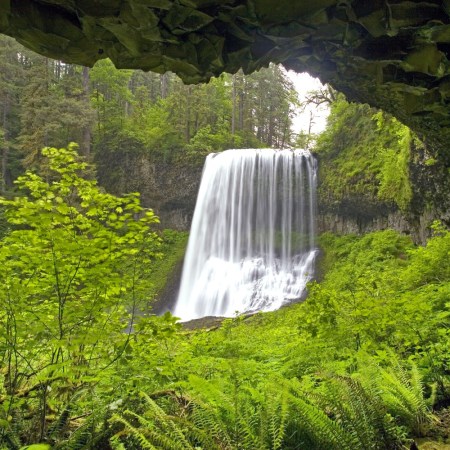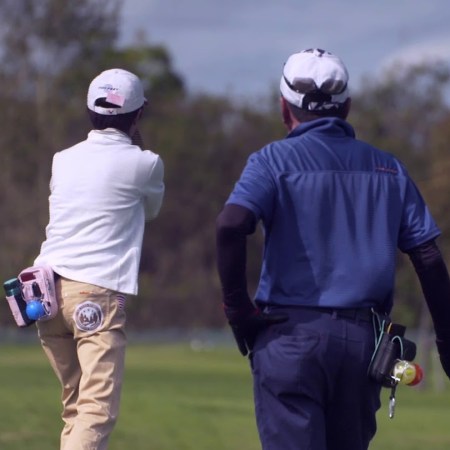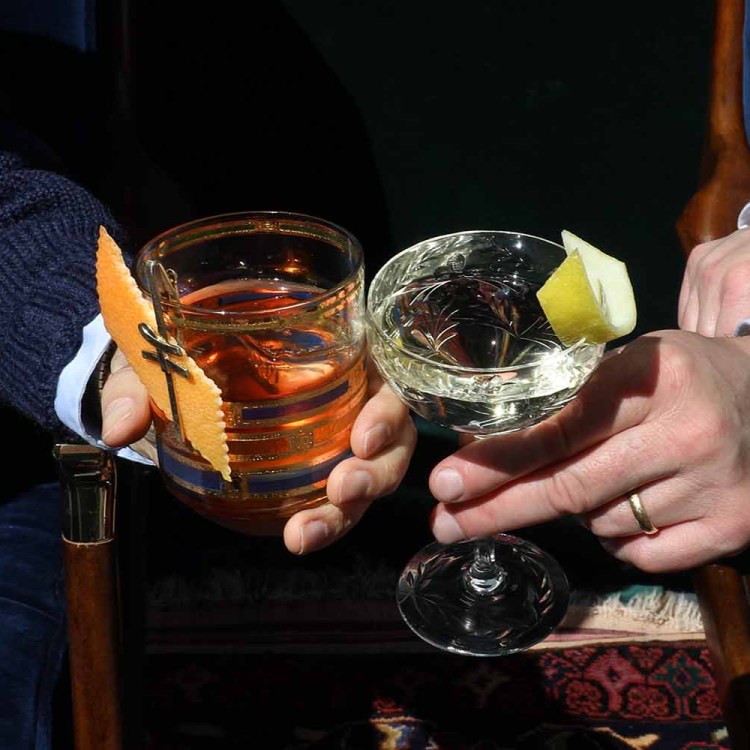At 119 years old and spanning 4,300 acres, Griffith Park is home to L.A. cultural landmarks like the Hollywood sign, the Greek Theater, the old zoo and the Observatory. It’s also home to a golf course, equestrian stables, tennis courts and picnic areas, a whole host of ghost stories and many a lover’s hand-scrawled initials. It’s four times the size of San Francisco’s Golden Gate Park and five times that of New York City’s Central Park, and its most popular feature is probably the multitude of trails throughout the grounds, some of which are so remote that they’re festooned with numbered sign posts and hydrants so that rangers can locate lost hikers.
And of course, it’s home to a P22, a collared mountain lion who’s now a local mascot for urban wildlife. All that and it’s an island smack in the middle of our sprawling metropolis, bordered by dense neighborhoods and two freeways. It has been closed for much of the safer-at-home orders, but recently reopened on a smaller scale.
Coincidentally, a book is out this week called Discovering Griffith Park, a Local’s Guide, a comprehensive collection of 33 hiking and biking trails, safety tips for avoiding poison oak as well as tactics for encounters with coyotes, rattlesnakes and P22, alongside a history — both factual and folkloric — that goes back to the Tongva tribe that called it home long before Spaniards and Anglos took control. It is the first book of its kind, a rather impressive fact given the Park’s age and popularity: it attracts 10 million visitors annually.
“The park will be 120 years old next year and it’s never really had an in depth guidebook,” says Casey Schreiner, the author. “There’s so much stuff in that park. I think even people who grew up in L.A., who have lived here for 50 to 70 years, still don’t know everything it has to offer.”
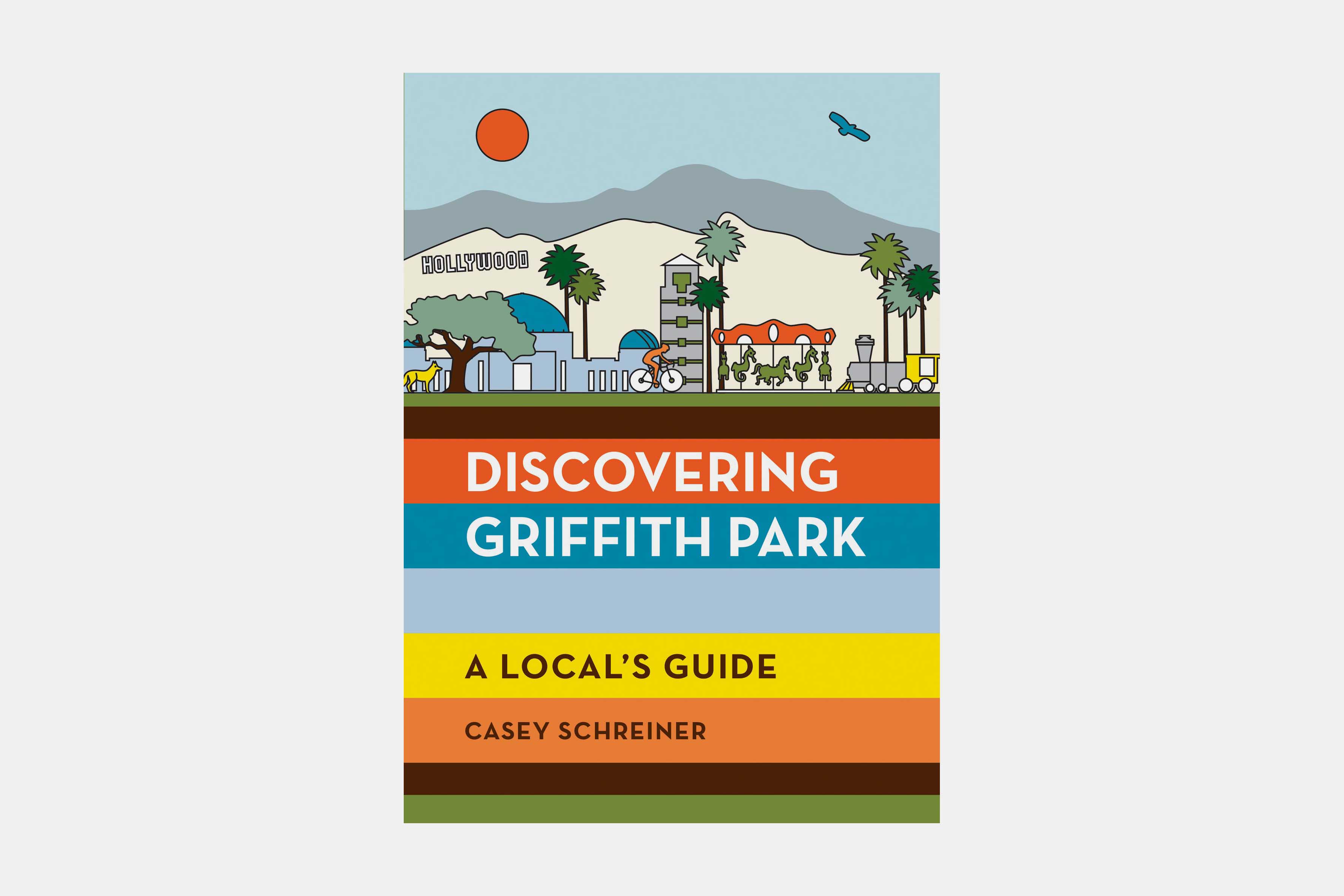
Schreiner is also the man behind Modern Hiker, a website he started in 2006 to catalogue all of the hikes he took around Southern California, and which has grown to include hikes throughout the Western U.S. For avid hikers like Schreiner, Griffith is often overlooked because it feels too urban, too crowded and not challenging enough. But Schreiner has come to see it differently. “If you think of Griffith Park that way, you’re really shortchanging a huge swath of the park,” he says. “From a hiker’s perspective, I was interested in sort of highlighting an area that was not as enjoyed by hikers as much as the San Gabriels and Santa Monicas are.”
As he got to know the Park better, he realized it was a microcosm of L.A., complete with heated debates over land-use issues, historic preservation, access to the river, public transportation and open space — all things that have been in play since before the Park was donated to the city.
For research, Schreiner spoke to people involved in the Park, historians at the Autry Museum, and equestrians and zookeepers who had been there for decades. He also found Griffith J. Griffith’s 1910 book, Parks, Boulevards and Playgrounds, of which there is only one copy, located in the Public Library’s rare books room. “I kind of got dressed up,” he says of his visit there. “I wore a nice jacket and a nice shirt to kind of be respectful to the old books in there and spent a day just reading this book.”
He says it felt like he was sitting down with Griffith, who was at times “yelling” at him “about how parks are misrun in L.A.” Griffith wanted a free park with a variety of offerings. He envisioned a place where people would be able to access it to the point of financing streetcars to ferry folks from farflung burbs to its chaparral slopes. Griffith turns out to be a complex character, who succumbed to the notorious curses that plagued the land before it was donated to the city: he was jailed at San Quentin for having shot his wife in the face because, while in a drunken stupor, he thought she’d poisoned him on behalf of the Pope.
Schreiner brings this history and much more to light while debunking much of the lore. For example, one rumor suggests that the Park was stolen from the Feliz family, who owned it before Griffith, during a smallpox epidemic. The legend holds that the land was sold out from under them by Yankee lawyers while the family was self-isolating in what is now the Verdugo Mountains.
“The story of the Felizes was believed to be true for a long time,” says Schreiner. It was debunked by historian John Robinson in the 1980s, though it does fit with true events around that time. “Yankees were coming over from the East Coast and taking advantage of the Mexican and Spanish populations that were still here, screwing them out of their land.”
The irony, of course, is that those Spaniards had wrested the land from the Tongva in the first place. (It’s worth pointing out that The Park’s alleged curses have subsided since it became owned by the public.) Now that it’s reopening, and as present-day Angelenos emerge from their stir-crazed quarters, those trails may be crowded. For those who seek a more responsible distancing, Schreiner recommends the east and north sides of the Park.
“The North side of the park, that Skyline Trail, especially on clear days, has spectacular views,” he says. “You’re looking north across Burbank and Glendale. You see the Verdugo Mountains. You can see the San Gabriels. You’re looking right across the L.A. River where the 5 and the 134 intersect. It’s just a really stunning place to be. And it’s also a favorite with equestrians. So it’s such a cool experience to be hiking and then look up, maybe as the sun’s setting, and see on the horizon this line of cowboys coming up along the trail. It’s a very quintessentially Western experience, and uniquely L.A., too.”
For a Long Hike
The Club to Caboose Trail is a nearly six-mile hike that runs from the south side of the park to the north along a ridge, from Berlin Bear near the Ferndale entrance and up to Travel Town before reaching the north side of the park. “You basically hike through Mount Hollywood and scramble down near Toyon Canyon, then up to Travel Town museum.” Schreiner normally takes transit or a ride-share back to from the end of this; given the pandemic, though, you may want to double back, in which case, this is a much longer hike that’ll ensure you sleep like a rock.
For a Shorter Hike
The Rattlesnake and Skyline Loop is a three-mile hike that skirts the L.A. River and ascends to provide panoramic views of the San Fernando Valley. You’ll be sharing the trail with equestrians, and it’s great trail for running, too. It includes a stop at the Railroad Museum.
This article was featured in the InsideHook LA newsletter. Sign up now for more from the Southland.
